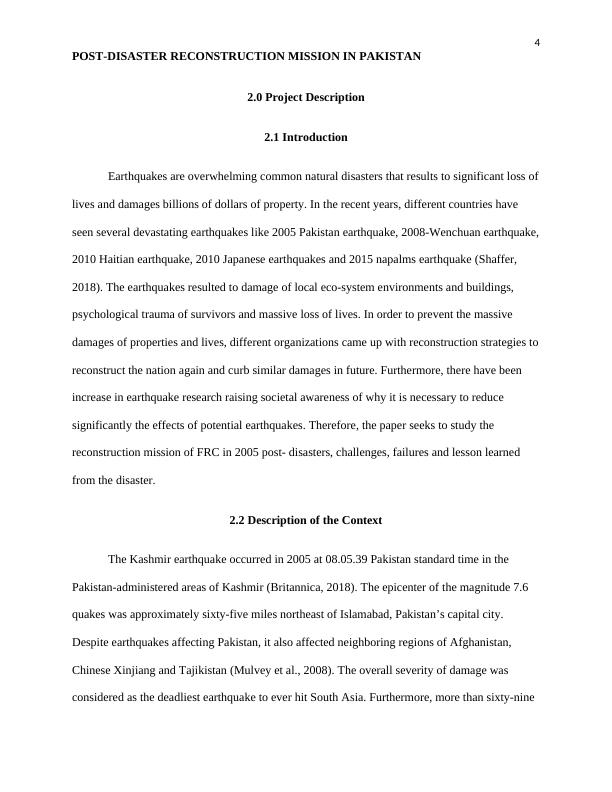Post-Disaster Reconstruction Mission in Pakistan
Select a post-conflict or post-disaster reconstruction mission in Pakistan in the last twenty years and analyze the lessons learned from it. Present the report in a concise and persuasive form, targeting officials and policymakers. The report should include an executive summary and five primary sections, with a reference list at the end.
Added on 2023-06-03
About This Document
Post-Disaster Reconstruction Mission in Pakistan
Select a post-conflict or post-disaster reconstruction mission in Pakistan in the last twenty years and analyze the lessons learned from it. Present the report in a concise and persuasive form, targeting officials and policymakers. The report should include an executive summary and five primary sections, with a reference list at the end.
Added on 2023-06-03
End of preview
Want to access all the pages? Upload your documents or become a member.




